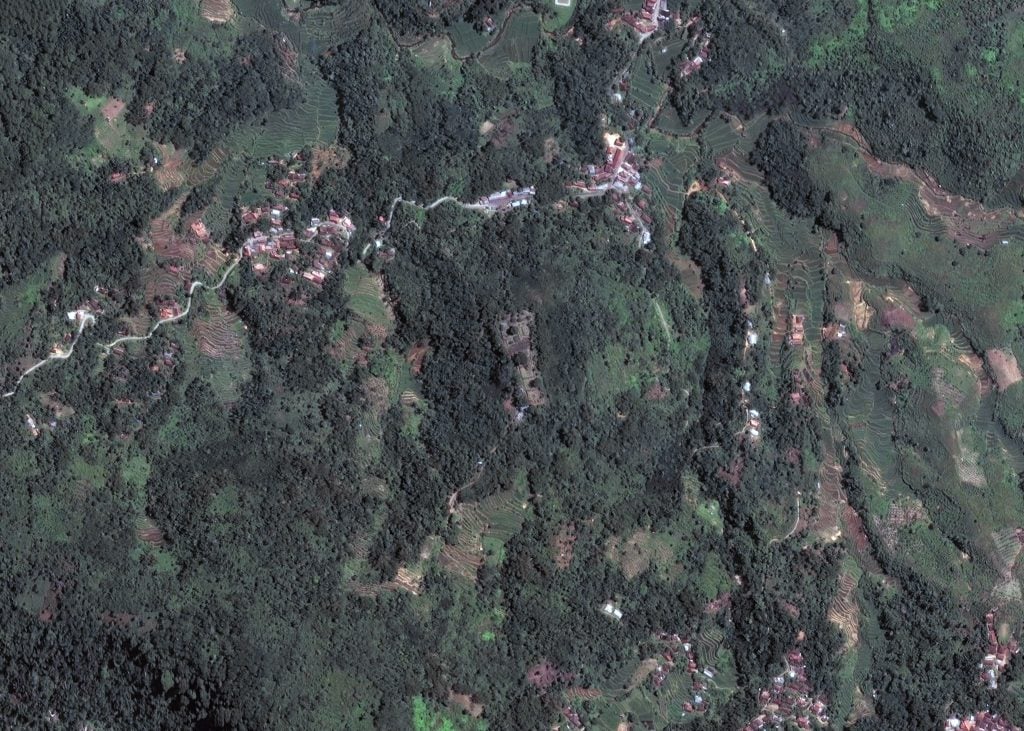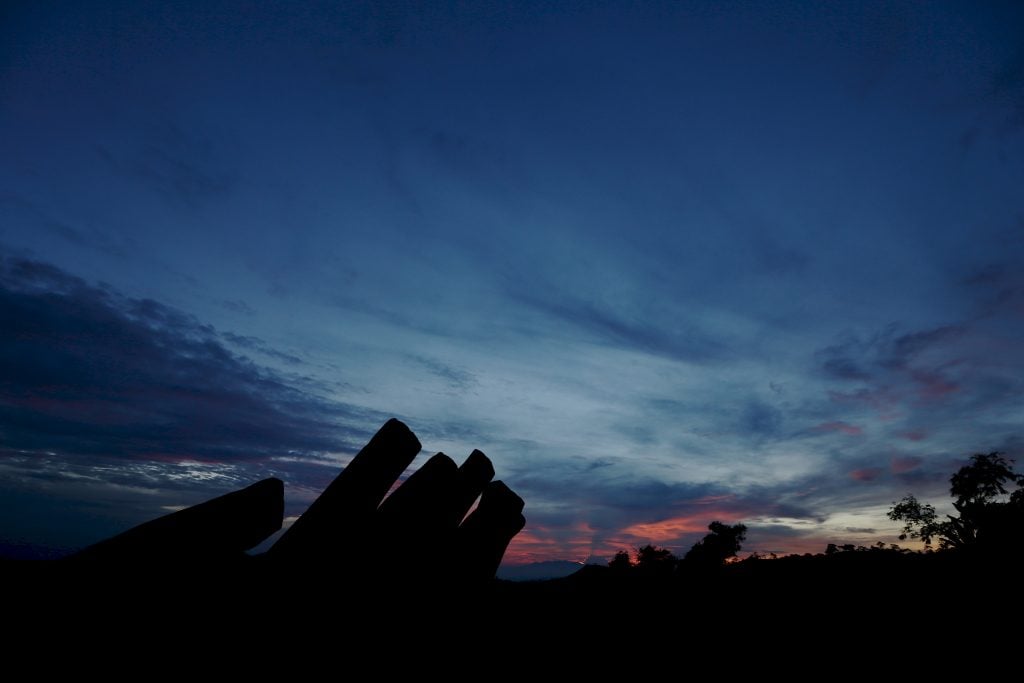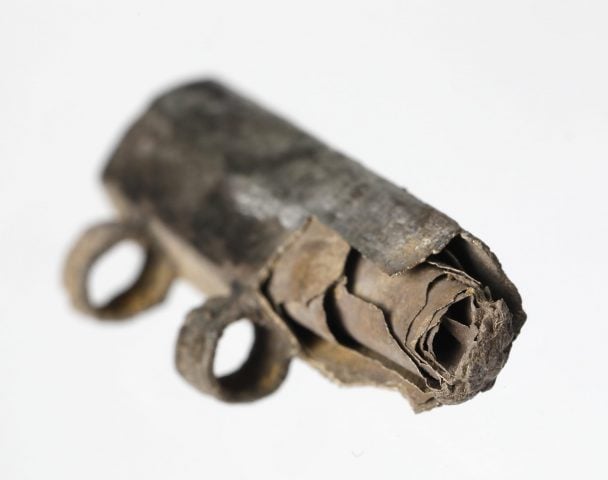Archaeology & History
A Controversial Paper on an Alleged ‘Prehistoric Pyramid’ in Indonesia Is Retracted
Archaeological Prospection has retracted the study for its "major error."

A 2023 paper was published in Archaeological Prospection titled “Geo-archaeological prospecting of Gunung Padang buried prehistoric pyramid in West Java, Indonesia,” claiming that the megalithic site was built as a pyramid as early as 25,000 years ago has been retracted by the publication.
The Indonesian geologist Danny Hilman Natawidjaja and his team of 11 fellow researchers came to their conclusion on the age of the site through ground penetration radar surveys and radiocarbon dating. Their claim would make the site older than the world’s oldest pyramid, the Pyramid of Djoser (which dates to around 2630 B.C.E.). Most previous estimates have dated the Gunung Padang settlement closer to 6,000 years old.
Less than month after the paper’s publication, academic criticisms poured in, including a post on Southeast Asian Archaeology which said that “a good analogy is saying scientists have dated the soil underneath the Eiffel Tower, and concluded that the tower is 20,000 years old!”
The conclusions drawn in the paper would have also completely changed what is understood about human societies living 25,000 years ago. During the Paleolithic era (3.3 millions years ago to around 11,560 years ago) humans were living in small hunter-gatherer groups using basic tools. The study drew the conclusion that the people who built the Gunung Padang pyramid “must have possessed remarkable masonry capabilities, which do not align with the traditional hunter-gatherer cultures.” The conclusion that “the burial of these structures around 9,000 years ago adds further intrigue for reasons not fully understood” did not add to readers’ confidence in the quality of the research.
The archaeologist Bill Farley, of Southern Connecticut State University, pointed out in a comment for Nature that there is no evidence that there was a human settlement at Gunung Padang during the last Ice Age (around 115,000 to 11,700 years ago). The soil may well have been dated back 25,000 years, but the samples did not contain any evidence of human activity that would usually be expected before conclusions of this scale could be drawn. Flint Dibble, an archaeologist at Cardiff University said he was “surprised [the paper] was published as is.”

The Gunung Padang megalithic site in West Java, Indonesia. Photo: Alex Ellinghausen/Fairfax Media via Getty Images/Fairfax Media via Getty Images via Getty Images.
The paper was retracted on March 18, with the comments: “Following publication of this article, concerns were raised by third parties with expertise in geophysics, archaeology, and radiocarbon dating, about the conclusions drawn by the authors based on the evidence reported.”
The note further pointed out “a major error” in the paper, namely that researchers had radiocarbon-dated “soil samples that were not associated with any artifacts or features that could be reliably interpreted as anthropogenic or ‘man-made.'” It concluded that the claim of an ancient pyramid on the site is therefore incorrect.
All authors of the paper disagree with the decision for the paper to be retracted. In a Facebook post titled “The Unjust Retraction of Groundbreaking Research,” Natawidjaja expressed “profound disappointment” at the retraction. He characterized the publication’s decision as “a severe form of censorship, blatantly disregarding the fundamental principles of scientific inquiry, transparency, and fairness in academic discourse.”
Reflecting on the retraction in a thread on X, Dibble said: “This retraction by the editors at Archaeological Prospection is not enough.” He urged media to more pointedly correct the record by speaking to local experts. “Local archaeologists know about the site,” he wrote. “They’ve excavated it.”





